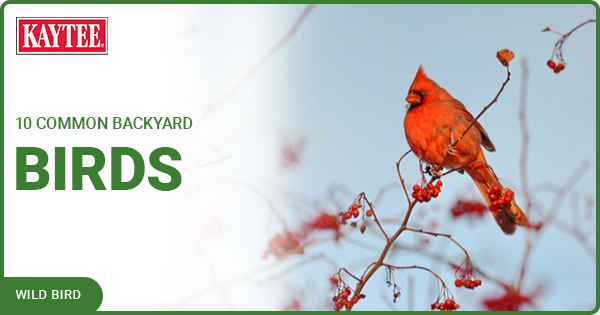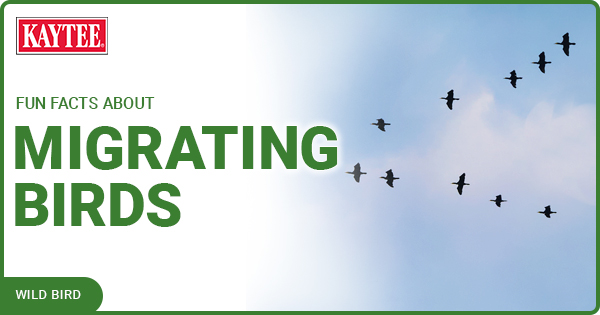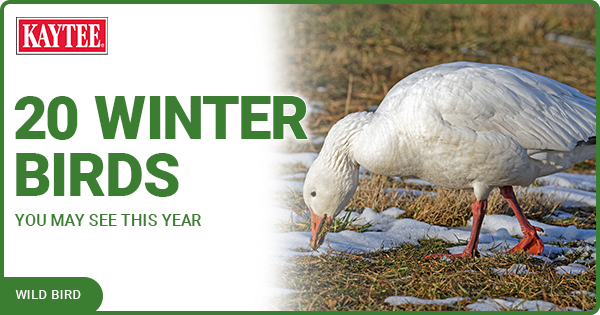Why Do Birds Migrate?
In the United States, peak migration typically occurs in May and again in September, when the greatest numbers of birds are on the move. From warblers, hummingbirds and buntings to waterfowl, raptors, swallows, shorebirds and more, why do birds migrate? Food (resources), reproduction and safety are the most critical reasons for these mass movements.
Birds Migrate for Food
Food and resources are important reason birds migrate but many bird species time their migration journeys to coincide with day length to identify seasonal changes. For example, warblers, orioles, tanagers, swallows and other insect eating birds time their travel north so that they arrive when insect populations rise in the spring. Similarly, they travel again in the autumn when the days start to get shorter, regardless of plentiful food sources.
Hummingbirds are particularly adept at migrating as food supplies become available. The ruby-throated hummingbird, which spends winters in Mexico, Central America and southern Florida, begins to move north in early spring as flowers start blooming, eventually reaching its northernmost breeding grounds in late May or early June. These birds begin to move south again in late August or early September as northern flowers fade, but while southern flowers are still brilliantly blooming. Irregular bird migrations are also tied to food. Nomadic birds, such as the cedar waxwing, don't technically “migrate” each year but will move to areas where food is most abundant. After food is stripped from one area, such as an orchard or berry plantation, these birds will move to the next available feeding spot.

Birds Migrate For Reproduction
Many birds spread out during migration to nesting ranges, providing more space and a greater area where they can forage for resources. The white throated sparrow, for example, spends winters in the southeastern United States but spreads out in spring to cover the northeastern U.S. and a broad swath of Canada's boreal forest, a much larger overall range than their winter habitat. After the nesting season ends, the birds gather in flocks once again and return to their smaller winter range.
Birds Migrate for Resources
After the breeding season, birds can also migrate to places with more resources. The common loon, for example, breeds in the northern U.S. and throughout Canada. These aquatic birds migrate to coastal areas in the fall and spend much of the winter off the coast where fishing is plentiful in open seawater. Many types of ducks, grebes, puffins and penguins have similar migration patterns.
Track Birds with Migration
With birds on the move all the time, it can be interesting to track them through migration maps. Range maps found in field guides or websites such as the Cornell Lab of Ornithology and the online BirdCast as well as birding apps, show both breeding and wintering ranges for different species. The spaces between those ranges are often the passage or migration range, and some websites and books highlight migration pathways as well. Using a migration map can help interested birders track their favorite species and recognize when birds are traveling if they are spotted between their typical ranges in the spring and fall.
Understanding why birds migrate can help birders better appreciate just how resourceful and resilient birds can be and learn where to see their favorite species at different times of the year.
--
Resources
Migration - Exploring the Remarkable Journeys of Birds
The Basics of Bird Migration: How, Why, and Where | All About Birds All About Birds






.png?h=315&iar=0&w=600&hash=9C09A701CB4D5CF9B2C5B7FA2DA01F2E)



